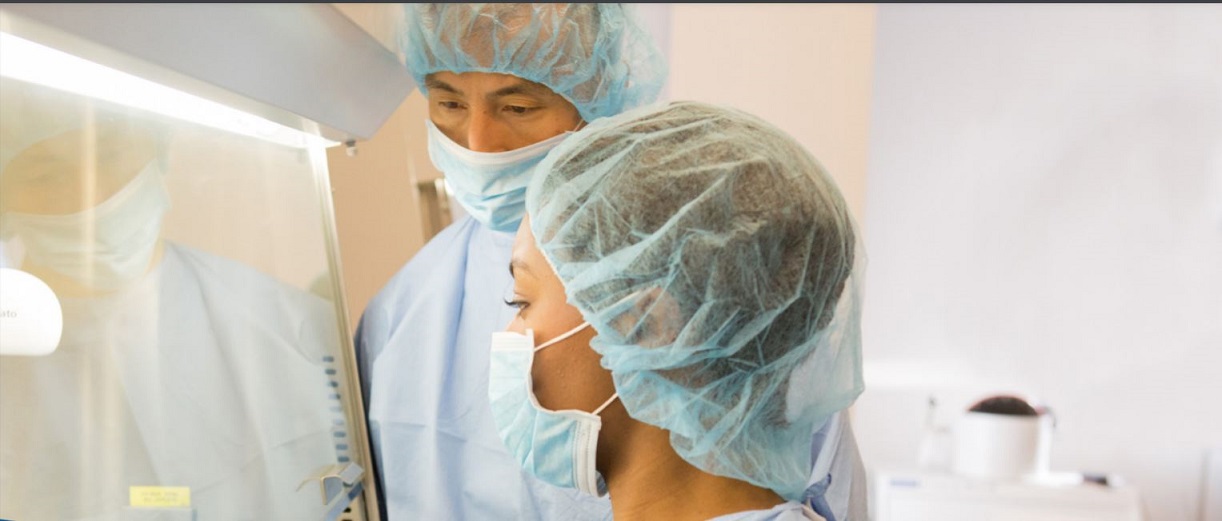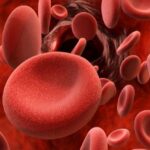Scientific publication: Report on 2020 Safe to Touch Consensus Conference on Hazardous Drug Surface Contamination
Gabay M, Johnson P, Fanikos J, et.al, American Journal of Health-System Pharmacy, Volume 78, Issue 17, 1 September 2021, Pages 1568–1575, https://doi.org/10.1093/ajhp/zxab134
Hazardous drugs (HDs) are medications that have one or more of the following characteristics – carcinogenicity, teratogenicity or other developmental toxicity, reproductive toxicity, organ toxicity at low doses, genotoxicity and a structure or toxicity profile that mimics an existing HD.1 Surface contamination occurs when residues of HDs remain on work surfaces in places where they are used, for example, in pharmacies and patient care areas. Exposure to HDs from contaminated surfaces can result in adverse health effects, both acute and chronic, in healthcare workers.2 Hazardous drug surface contamination is a universal concern for everyone involved in handling HDs.
The 2020 Safe Touch Conference 1
The 2020 Safe Touch Conference on Hazardous Drug Surface Contamination gathered subject matter experts in the field of HD handling. It aimed at developing a consensus and sharing knowledge on surface contamination monitoring, that can be adopted by stakeholders in the drug supply chain, policy and healthcare arenas.
The conference was held with the objectives summarised here:1
- To understand best practices and standards from other healthcare disciplines, that may be applied to HD surface contamination monitoring.
- To understand the current state of HD surface contamination monitoring within the medication-use system for all dosage forms across all patient care sites.
- To assess commercially available technologies and systems for surface contamination monitoring.
- To promulgate best practice recommendations for HD surface contamination.
- To deliver a conference consensus statement on the topic of HD surface contamination, that is suitable for publication in a peer-reviewed journal.
An experienced audience of approximately 25 reaction panel members provided feedback to the conference via a pre-conference survey. The panel members included pharmacists, infusion nurses, services, medication safety, regulatory affairs, and accreditation and professional organisations. Expert speakers spoke about a range of issues. These included the current regulations and standards, monitoring technologies for surface contamination, the impact of surface contamination on health and the variables impacting surface contamination testing.
Consensus statements
An important outcome of the conference was the attainment of a consensus as to the interpretation and application of existing standards for HD surface contamination management. The conference resulted in 11 consensus statements, identification of the potential areas of HD contamination and a review of commercially available HD surface contamination monitoring systems. The 11 consensus statements or recommendations are summarised below:1
- Creation of an effective surface contamination monitoring plan to emphasise patient and employee safety as an institutional priority, enable institutions’ compliance with relevant regulatory and accreditation standards, allow for process validation and support a non-punitive, fair and just institutional culture.
- Establishment of a surface contamination monitoring policy for all settings where HDs are handled by following an interdisciplinary approach involving various institutional stakeholders.
- Reduction in the occurrence of HD surface contamination by introducing administrative controls (i.e. training and education) to ensure workers handling HDs adhere to practices intended to minimise exposure and monitor compliance.
- Development of a comprehensive, setting-specific wipe sampling plan for HD surface contamination monitoring useful for determining baseline contamination, screening for potential occupational exposures and for evaluating the efficiency of cleaning procedures.
- Development of both qualitative and quantitative tests for ongoing surface contamination monitoring, as quantitative test results may take weeks to arrive.
- Reporting surface contamination results in a standard format to enable data comparing test results to those from other institutions.
- Mitigating HD spills and emphasising decontamination, with appropriate selection of agents for the type of HD contaminants, location and surfaces to be cleaned and a plan for the prevention and cleanup of HD spills.
- Implementing safety practices related to the preparation and administration of HDs, clearly identifying HDs that require safe handling precautions and integrating HD statements into electronic medication workflow systems.
- Conducting further research in the area of HD surface contamination including investigations of exposure limits, assessment of contamination beyond just antineoplastics and evaluations of decontamination methods and products.
- Collaborating to increase the scope of ongoing HD contamination monitoring as the involvement of different stakeholders is important to increase the awareness of HD surface contamination.
- Recognising the barriers to the implementation of an effective surface contamination monitoring program, including the lack of clear regulatory standards, fear of positive results and cost of investment as opposed to costs of inaction.
The participating experts believe that the recommendations from the 2020 Safe To Touch Consensus Conference on Hazardous Drug Surface Contamination should be used to educate on the importance of HD drug surface contamination monitoring, and to highlight the importance of short- and long-term plans for HD surface contamination reduction.1
References
1 Gabay. M, Johnson. P, Fanikos. J, et.al Report on 2020 Safe to Touch Consensus Conference on Hazardous Drug Surface Contamination, American Journal of Health-System Pharmacy, Volume 78, Issue 17, 1 September 2021, Pages 1568–1575, https://doi.org/10.1093/ajhp/zxab134
2 National Institute for Occupational Safety and Health. (2018). Hazardous drug exposures in healthcare. https://www.cdc.gov/niosh/topics/hazdrug/default.html (Page last viewed: May 4, 2020)
This list of references to third-party peer-reviewed material and the sites they are hosted on are provided for your reference and convenience only, and do not imply any review or endorsement of the material or any association with their operators. The Third-Party References (and the websites to which they link) may contain information that is inaccurate, incomplete, or outdated. Your access and use of the Third Party Sites (and any websites to which they link) is solely at your own risk.
BD-47980




